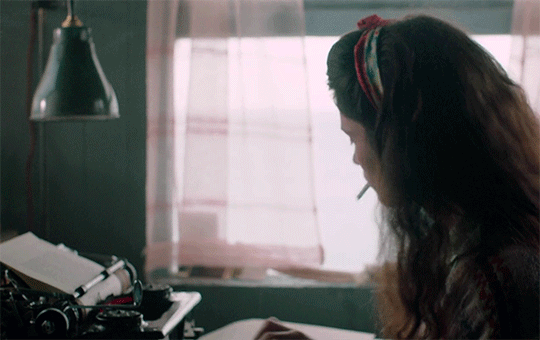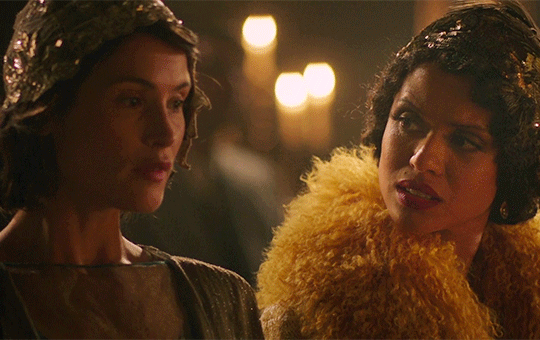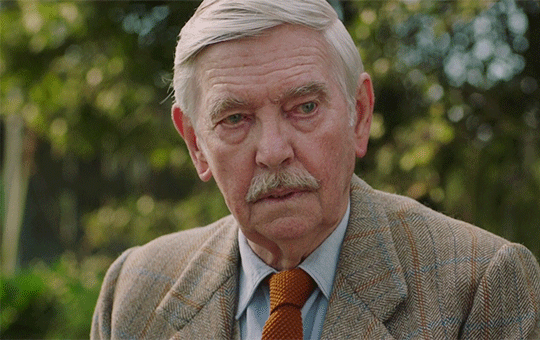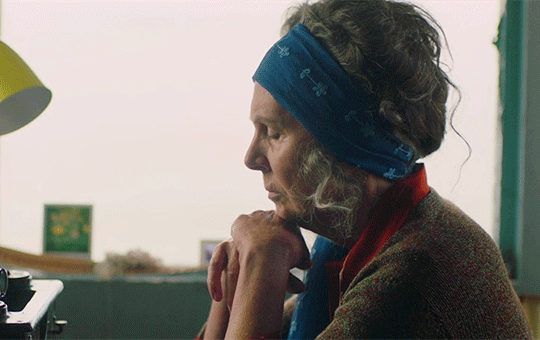#Gemma and Gugu being too beautiful for words
Explore tagged Tumblr posts
Text








Not Every Film I Watch In 2024
15. Summerland (2020) -- a rewatch
#summerland#summerland (2020)#2024filmgifs#my gifs#i love everything about this film#the characters#the coastal country setting#the wartime homefront story#the queerness#the putting people of colour back into the picture#the science and magic#the grief and coping#the academia and folklore#the wild greenery and oceanscape#and what a cast#Gemma and Gugu being too beautiful for words#Penelope being boho and irascible#Gemma also being irascible and adorable#even Amanda Root in two scenes#and Tom Courtenay being a darling#directed and written by a woman#it's like this movie was made for me
30 notes
·
View notes
Photo









Nell Gwyn on film and television
Though Pretty, Witty Nell has almost certainly entered the popular imagination and become her own kind of folk heroine in the history of Britain, in recent years, she has been criminally neglected on the silver screen. Modern cinema hasn’t even graced her with a biopic, though she had a few in the first half of the 20th century. Jessica Swale’s award winning play, “Nell Gwyn,” recently performed at the Globe (with Gugu Mbatha-Raw and Gemma Arterton both taking the roll as the plucky, young mistress) and set to tour in a few weeks, has brought Nell back into the public imagination but is that enough for us to see Nell finally with her own corset-ripping period drama television biopic that airs after the 9pm watershed because writers have crammed it chock-full with scandal? We here at “17th Century Obsessives Anonymous” hold out hope.
(Pictured) Nell was first seen on the silver-screen in the 1911 silent movie, “Sweet Nell of Old Drury,” portrayed by 19th century sweetheart, Nellie Stewart. The movie was rather romanticised as was typical for such films, though it put Nell at the forefront alongside a fictional friend, Lady Olivia Vernon. Morevoer, Nellie Stewart was 53 years old when she played the role on screen, though she had been portraying Nell on the stage for a few years prior. Next, Nell was portrayed in another silent film called “Mistress Nell”, put out in 1915, by the Edwardian beauty, Mary Pickford, who donned 17th century foppish clothing for the role. It’s a lost film but pictures from the film still survive. We can only imagine the scenes where Nell seems to swagger through a tavern, breeched and beribboned, rapier in hand. The last silent movie about Nell was put out in 1926 and simply called “Nell Gwyn.” She was portrayed by it-girl, Dorothy Gish. It was apparently very good, considering (in the words of The New York Times) it was made by English film-makers. The NYT also said that “the immorality of the period is suggested without being offensive.” High praise, indeed?
Nell’s next biopic (in 1934) was based on the same novel that 1926′s “Nell Gwyn” had been and thus had the same name. She was portrayed by Anna Neagle. Again, The New York Times commented that Anna Neagle’s portrayal of Nell was “gay and sprightly” and that she “seasoned the role with wantonness and edged it with vulgarity.” The novelist, Graham Greene, simply said: “I have seen few things more attractive than Miss. Neagle in breeches.” Okay, sir. In 1949, the inimitable Margaret Lockwood portrayed Nell in a film called “Cardboard Cavalier.” This film was about a fictional romantic relationship between Nell Gwynn and one Colonel Lovelace during Cromwell’s Republic. It was not particularly well-received, despite Lockwood’s charm, and was even banned in several countries. Next, Nell was featured for a brief scene in the 1969 BBC series “The First Churchills.” She was portrayed by Andrea Lawrence and utters the famous words: “Pray, good people, be civil! I am the Protestant whore.” The series focused primarily on the life of John Churchill, Duke of Marlborough and his wife, Sarah, so naturally, Nell would not be at the forefront. Still, more screen-time is given to Charles II’s other mistresses and there is even a mention of the ever-elusive Moll Davis.
In the modern era, Nell was portrayed in the 1995 film “England, My England” by cockney actress, Lucy Speed. It was primarily about the baroque composer, Henry Purcell, but there was a rather adorable scene featuring Nell that can be viewed here for anyone curious. Lucy Speed notably has a more similar body type to the real Nell and other women of the late 17th century era, too. Next, Nell was portrayed in the acclaimed 2003 series “Charles II: The Power and the Passion.” The series was a phenomenal feat for the BBC, though only 4 hour-long episodes, and managed to cover Charles II’s reign, both personal and political, with ease and depth. Nell Gwynn was portrayed by Emma Pierson and was featured fairly heavily and accurately; she even had most of the third episode dedicated to her romance with Charles II. Lastly, Nell was featured in the 2004 film, “Stage Beauty,” played by Zoe Tapper. She was only a side character as the film focuses mainly on the romance between crossdressing actor, Ned Kynaston, and passionate actress, Margaret Hughes, but Nell is easily one of the most memorable parts of the movie. It is not wholly accurate: Nell Gwynn is Charles’ mistress too early in the timeline and is only an aspiring actress, rather than already an acclaimed actress in her own right. Still, with Rupert Everett’s Charles II, Zoe Tapper’s Nell is one of the most charming ones on the list. One notable scene sees Ned Kynaston hold his hand out to shake hands with Nell, to which she replies, in slick, brazen cockney tones, “I’d shake your hand but me tit’d fall out.”
So, with that in mind, we here at “17th Century Obsessives Anonymous” implore any aspiring filmmakers to consider Nell’s true and real story for a dust-off. The precedent is there, we just need to make sure our corsets and curls are tight.
#i love zoe tapper as nelly#even tho stage beauty is kind of inaccurate in regards to her#but her personality is just right#can you tell i'm bitter about the lack of good stuff about her lol#nell gwynn#history#idk how to tag this#mary pickford#dorothy gish#charles ii#btw she was featured in a few other films but they are mostly tiny tiny parts and she is only there because of charles#all in all she's been in 12 films/tv series
29 notes
·
View notes